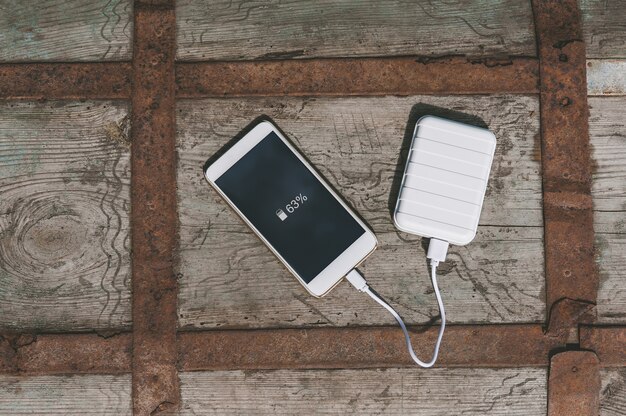
Finally, it’s happening. Hyundai Motor Group, made up of Hyundai, Kia, and Genesis, has decided to transition from the combined charging system (CCS) to the North American Charging Standard (NACS). Previously, they were one of the last major automakers holding out, but they’ve now announced this change will start with vehicles sold in late 2024. In other words, the 2025 model year cars will get the new NACS plugs.
So, what does this mean for current Hyundai, Kia, or Genesis drivers? And what should those planning to buy a Hyundai Motor Group EV be aware of? Here’s a detailed breakdown.
First off, this transition to NACS won’t be an immediate switch, unlike how Apple moved from Lightning to USB-C ports. It’s going to take several years, and even five years down the line, some charging stations might still have CCS connectors.
Starting in late 2024, all new Kia and Hyundai electric cars will come with NACS ports. This means that one day these cars will have CCS ports, and the next day, the new models will roll out with NACS ports. However, just because the new ports are available doesn’t mean the whole industry will shift overnight. Networks like Electrify America have invested heavily in CCS stations. Although only the connectors need changing, rather than the entire stations, this transformation will take time. Charging networks will likely transition gradually over several years, so drivers with CCS cars can still use the existing stations.
Eventually, you’ll probably find charging stations in North America exclusively using NACS ports. But don’t worry; you’ll still be able to charge your car, thanks to adapters that allow CCS EVs to use NACS stations. This might mean keeping an adapter in your car for convenience.
There’s no need to rush out and trade in your current Hyundai or Kia EV just yet. You can continue charging and using your existing vehicle.
For EV owners, there are a few different scenarios to consider. First, charging at home. If you have a CCS charger at home, nothing changes for your current car. You’ll still plug in as usual. Over time, you might want to switch to an NACS charger, especially if you get a second EV with an NACS port. In that case, an adapter, which will become commonly available, will be necessary.
The other main scenario is public charging. If you frequently use public charging stations, it’s a good idea to get an NACS to CCS adapter early on. While you’ll still find CCS stations from companies like Electrify America, having an adapter will expand your options, letting you use Tesla’s vast network of chargers. As more non-Tesla stations convert to NACS, an adapter will become even more useful.
One of the perks of Hyundai and Kia cars in recent years has been their superfast 350-kilowatt charging speeds. Thankfully, this won’t change; the underlying technology for charging remains the same. So, you’ll still benefit from those fast speeds, even if the connector changes to NACS.
In early 2025, Tesla will start allowing non-Tesla cars like the Kia EV6 and Hyundai Ioniq 5 to charge at Tesla Superchargers. Currently, these stations max out at 250kW, which doesn’t fully utilize the 350kW capability of some Hyundai cars. However, Tesla’s upcoming Supercharger V4 will reach speeds of 350kW, and hopefully, they’ll be available soon.
In summary, the NACS connector is smaller and easier to use compared to the CCS connector. But the real benefit isn’t the connector itself; it’s about moving towards one universal charging standard. This shift will make it easier for every EV driver in the U.S. to charge their cars at any station, whether Tesla or non-Tesla, thus benefiting all.
There are still a few uncertainties about how everything will work in practice. Currently, Tesla drivers can plug in at a Supercharger, and the system automatically bills them, which is incredibly convenient. Ideally, this seamless process would apply to all cars and charging stations, although it remains to be seen how things will unfold.